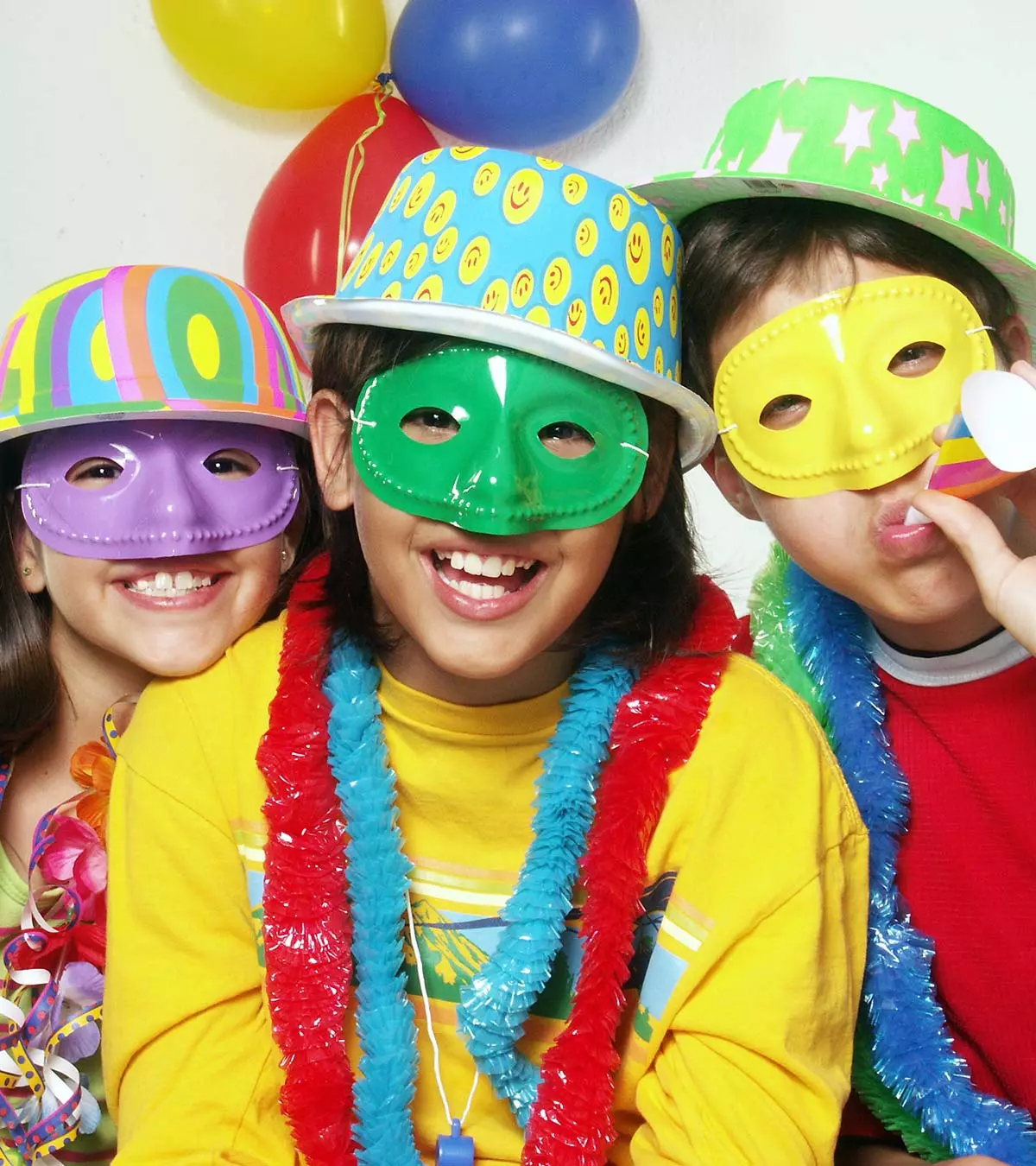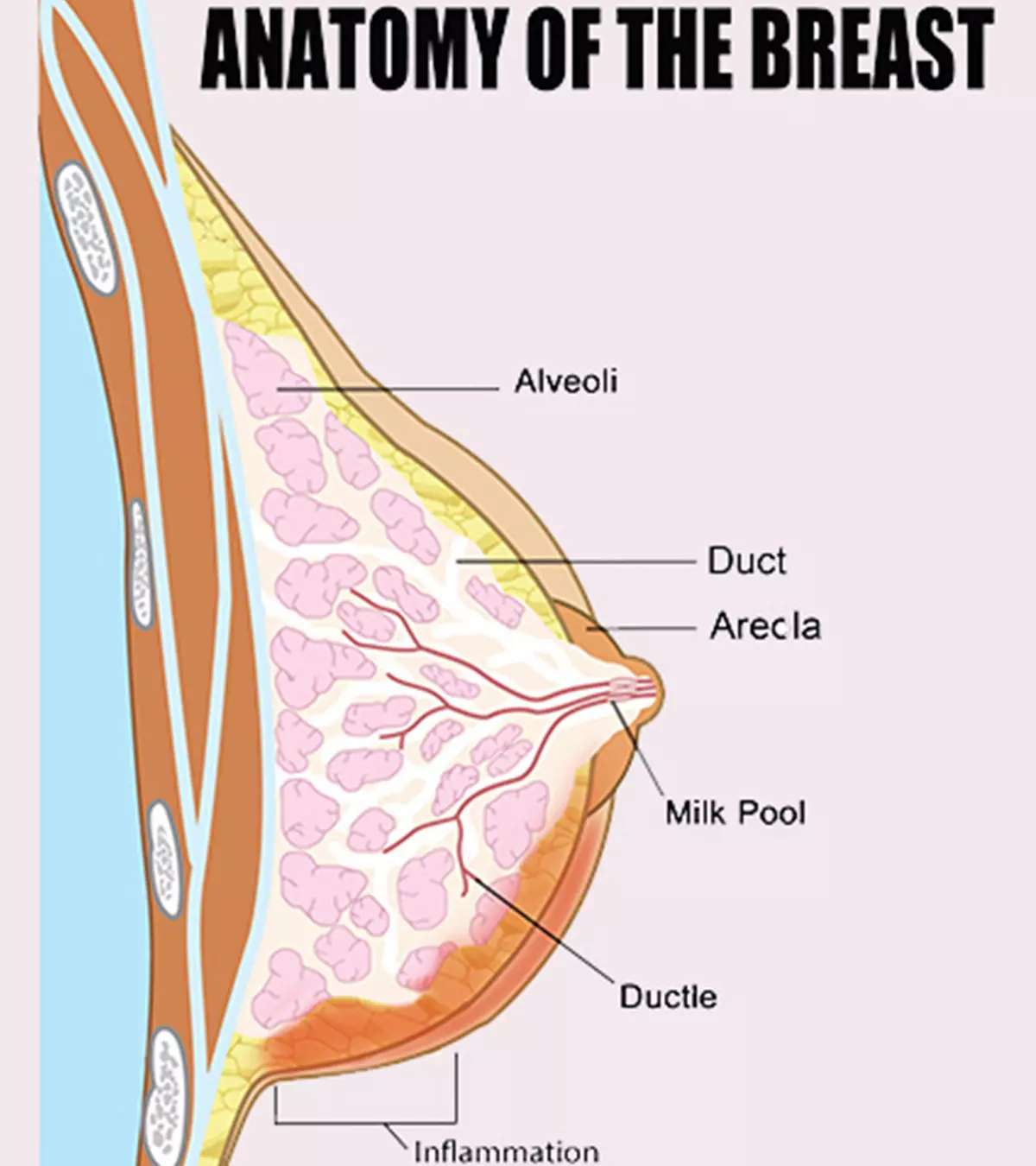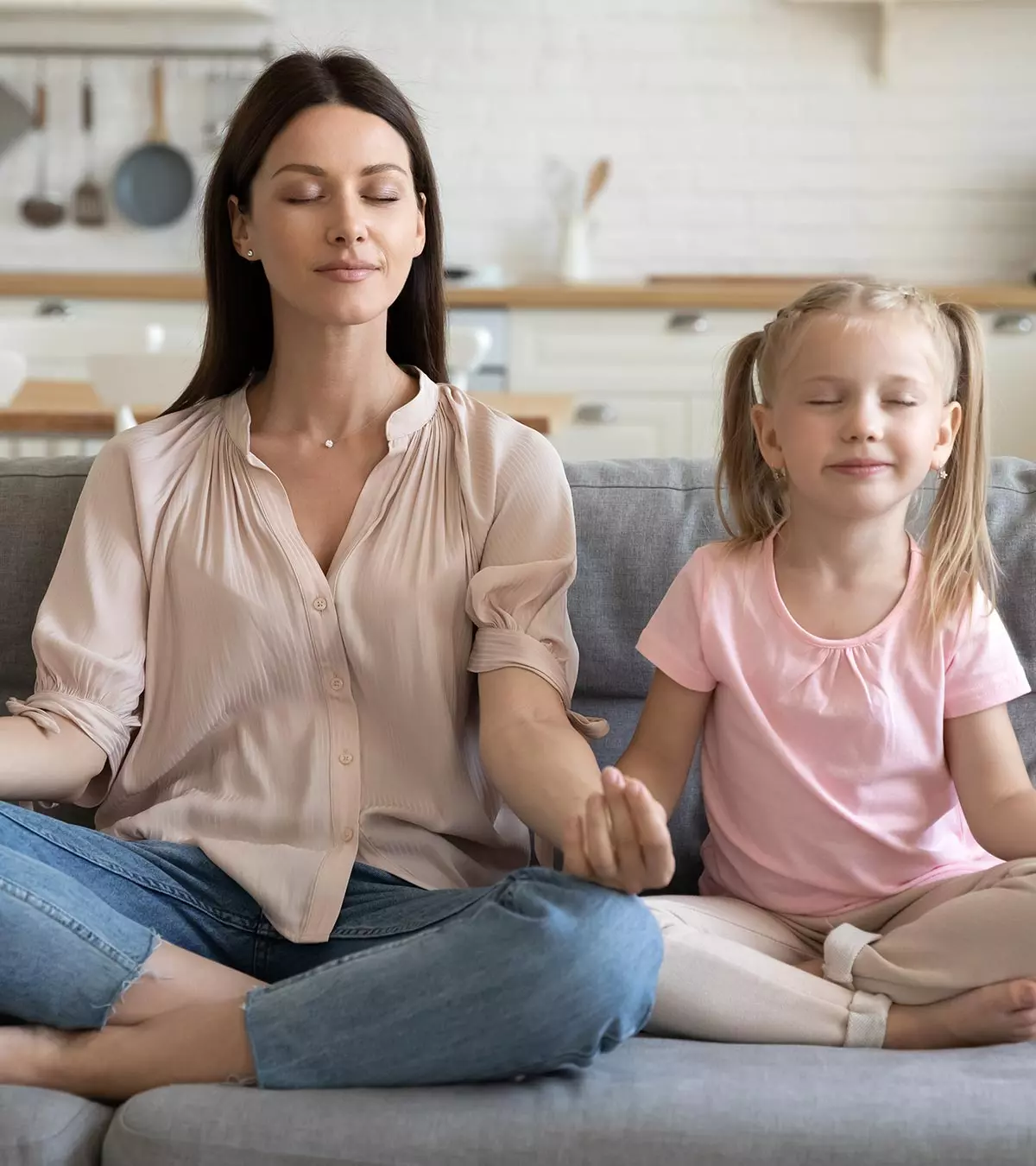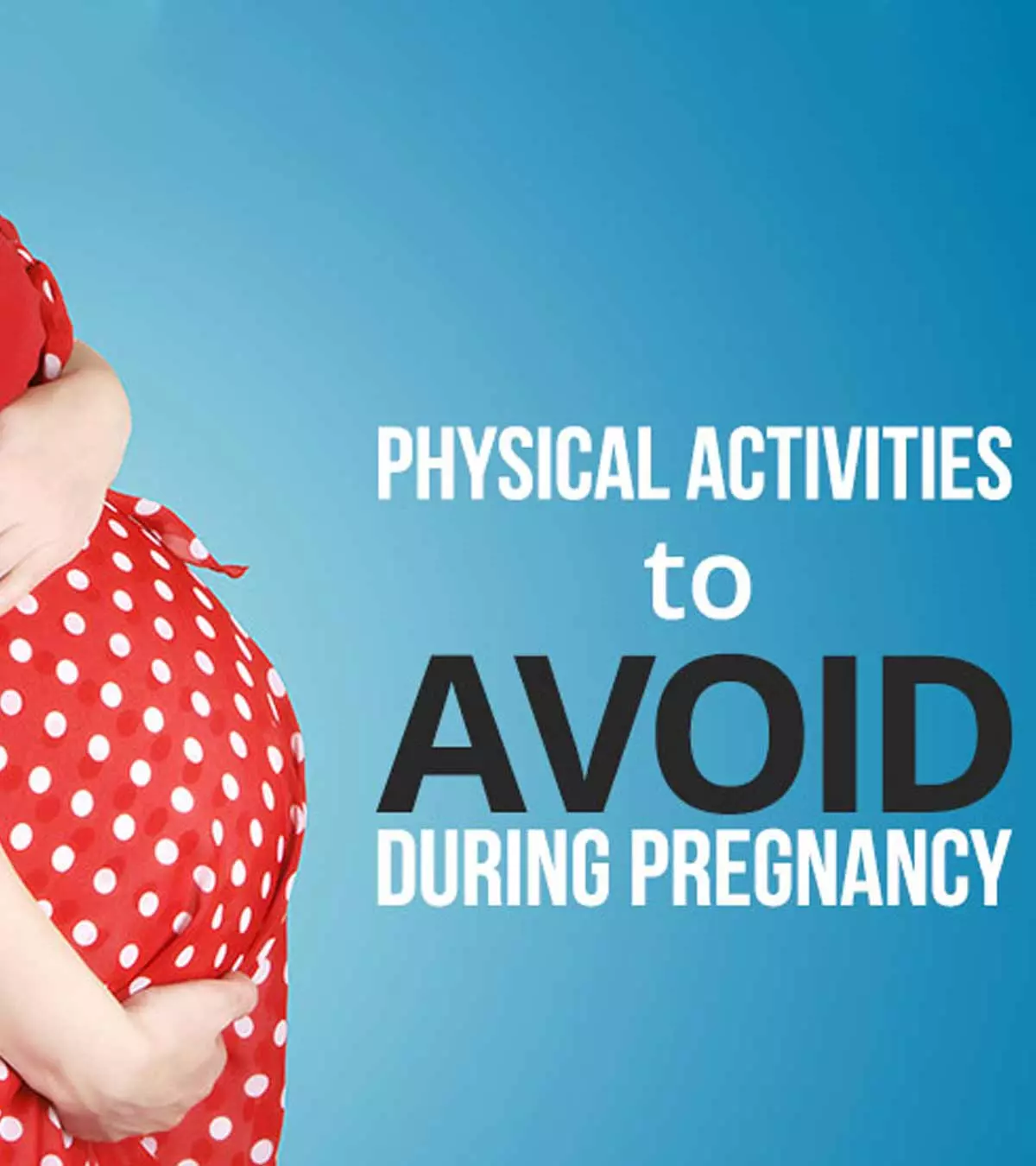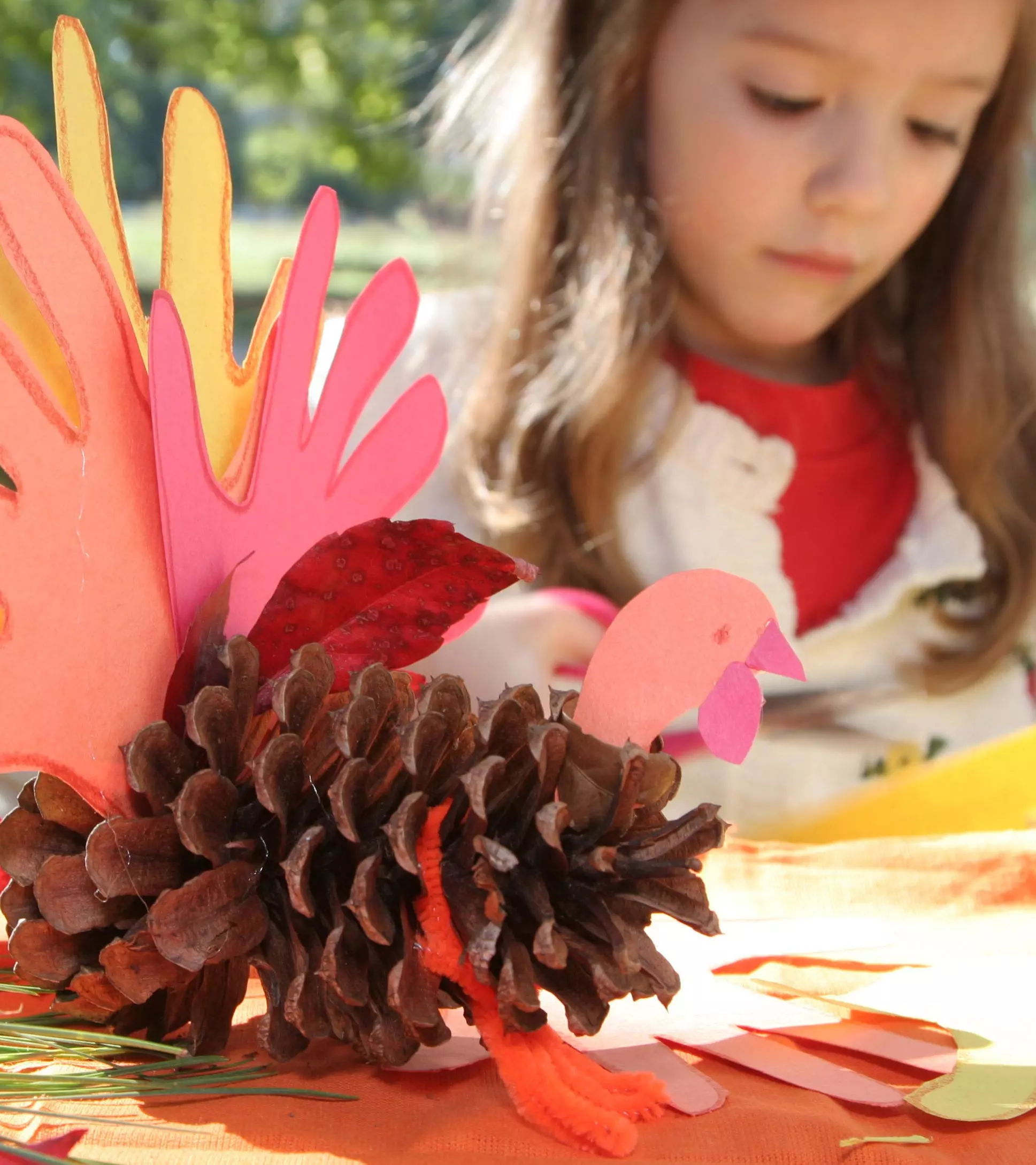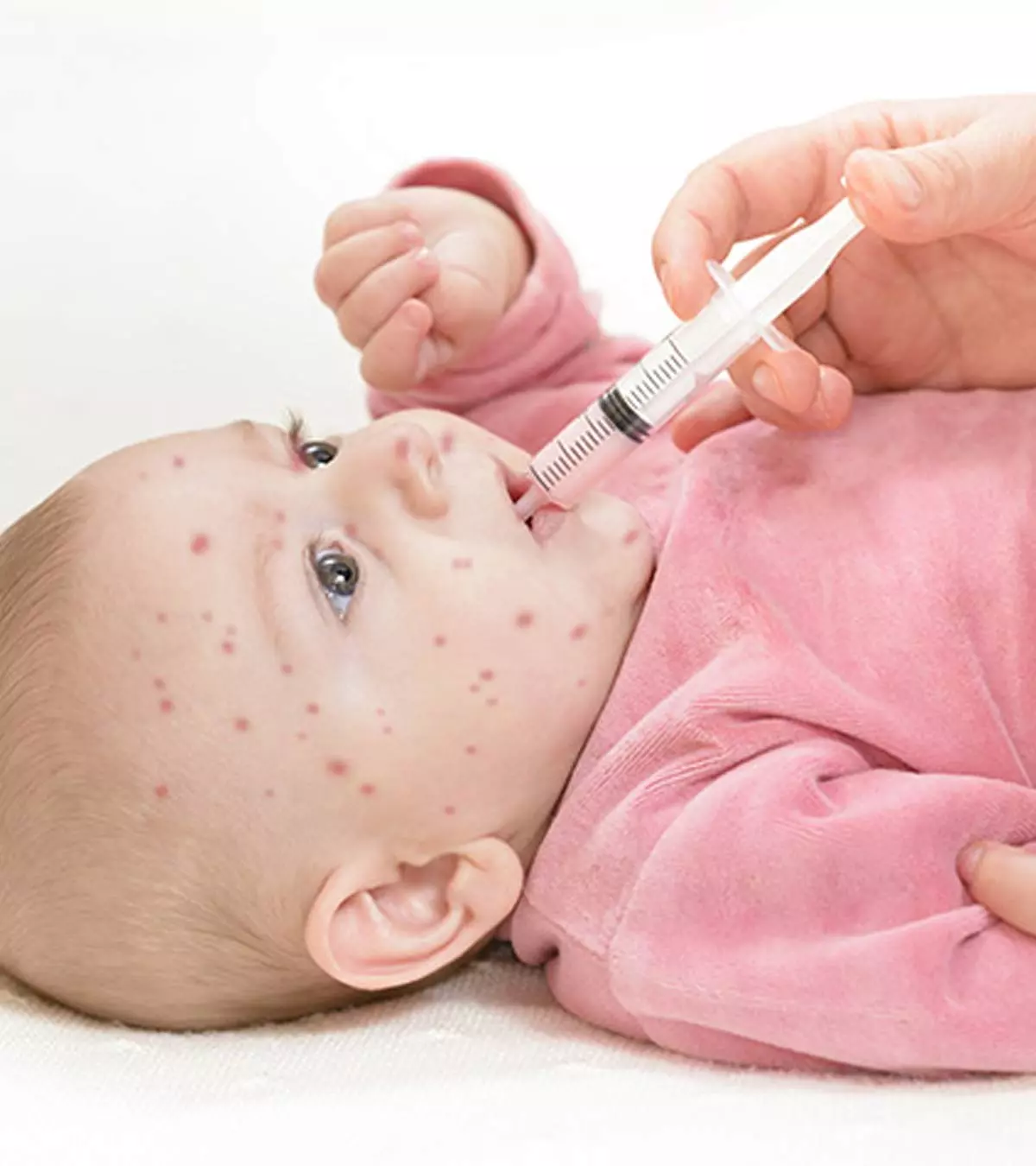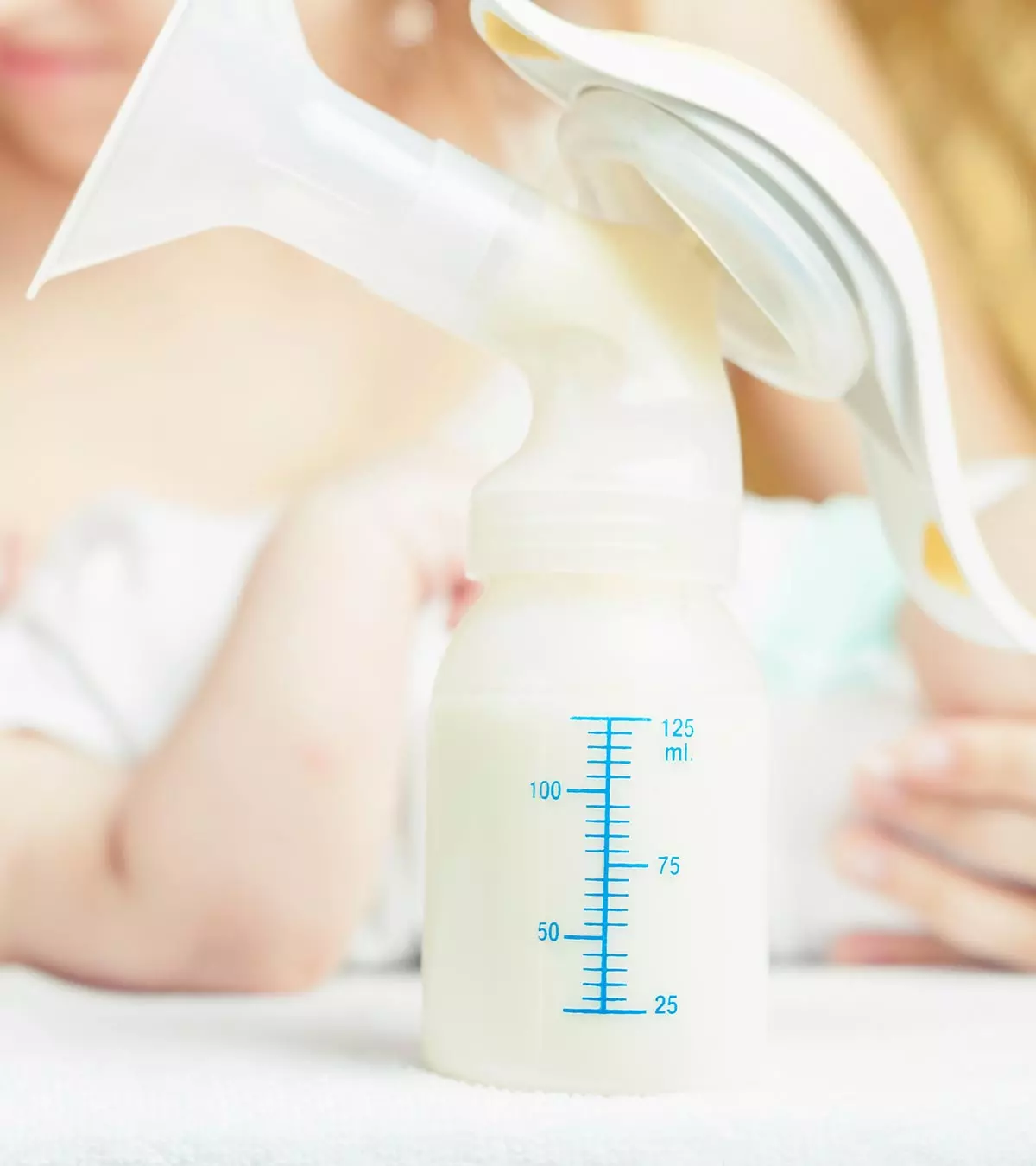

Image: Shutterstock
Parents may try everything in their power to soothe and calm a frustrated, fussy, or cranky baby. Many parents may even prefer using white noise for babies. White noise may work wonders, provided you use it correctly.

Read on to learn about the benefits, side effects, and other attributes associated with white noise. We also acquaint you with the necessary precautions to consider when using white noise for babies.
What Is White Noise?
White noise is the continuous and uniform noise over one or more specified frequencies (1) (2). In simple terms, white noise is a combination of several sounds, each of a different frequency. The noise from each frequency is consistently present throughout.
The term “white” is used as an analogy to white light, which is a combination of light in different colors, from distinct spectrums. Since white noise contains a mixture of different sounds, it is often used to mask other noises and unwanted sounds, making it a useful tool to soothe a baby.
How Do Babies Benefit From White Noise?
Yes. Parents and medical experts observe that infants exposed to white noise can remain calm and eventually sleep better. White noise works with infants because it mimics the steady sounds that a baby would have heard inside the womb (3). A groundbreaking study published back in 1990, in Archives of Childhood was the first one showing the benefits of white noise, particularly 80% of infants fell asleep within five minutes of exposure to white noise (4).
Researches after that followed, showing that white noise is an effective non-pharmacological method to control colic in babies (5). and can be used to calm colicky babies and also set the baby’s sleeping patterns.
How Do You Create White Noise For A Baby?
There are several ways to generate white noise for your baby. Here are a few:
- Infant sleep machines: Infant sleep machines are by far the most common choice to generate white noise for babies. These electronic devices resemble a radio but create white noise instead of sounds.
These machines have features to adjust the volume and to generate natural sounds such as that of a brook, summer night, etc. The device can be placed in an infant’s room or carried along wherever you are traveling with the baby.
- Using a phone to generate white noise: You can download a white noise app on your phone and use the phone’s speaker to create white noise. A phone’s speaker may not be as effective as a stand-alone infant sleep machine, but it can still get the job done when you need to calm the baby immediately.
- Noise from household appliances: You can use noises from regular household appliances to generate white noise for a baby (6). Vacuum cleaners, hair dryers, or cloth dryers are a few that can be used to create white noise.
Keep these appliances at their lowest speed setting and leave them switched-on at the other end of the baby’s room or in the next room if the noise is very loud. You can also use a table fan or a ceiling fan that generates white noise to keep the baby calm.
- Making white noise with your mouth: You may also soothe the baby by making “whooshing” and “shushing” sounds with your mouth. This works best when you place the baby in the crib right when they are settling down for their nap or nighttime sleep.
Using home appliances and generating white noise through your mouth are easier than using infant sleep machines, which have to be chosen with a lot of care.
What Are The Side Effects Of Using White Noise For Babies?
There are two significant side effects of using white noise for babies.
1. Potential developmental problems
- Long-term use of infant sleep machines may cause hearing loss. A study by the American Academy of Pediatrics notes that the white noise generated by the infant sleep machines is loud and could damage a baby’s auditory abilities (7).
The recommended auditory limit for infants is 50 decibel A (dbA). But most machines generate white noises at a frequency of over 85dbA, which when played for several hours could cause severe auditory damage to the baby’s ear (8).
- Language and speech problems. In addition to increased hearing problems, the study found that using white noise increased the risk of problems with language and speech development (8).
2. The infant may develop a dependency
Excess use of white noise to soothe the baby could make them dependent on it. It means the baby may have a hard time self-soothing and falling asleep without white noise.
Parents can avoid the side effects of white noise machines by taking some precautions.
Precautions To Take While Using White Noise For Babies
Here are some precautions as recommended by experts (9) (7):
- Place the machine away from the baby. The device should be kept at least 200cm away from the baby, or farther to prevent the sound frequency from going over 50dbA.
- Keep the volume low. Most white noise machines allow you to increase or decrease the volume. Keep the volume low or medium to prevent it from crossing the safe sound limit.
- Use infant sound machines for shorter duration. Do not use infant sound machines for an extended period. Use them for an hour right when the baby is about to sleep but not throughout the night, as that can damage the baby’s hearing.
- Choose alternatives or skip white noise some days. Try to soothe the baby a few days or nights without the white noise. Alternatively, create white noise with your mouth or use a conventional home appliance like the fan for the job to prevent the baby from becoming dependent on it.
White noise for babies can promote sleeping and calmness if used correctly. However, it is not a permanent solution for sleep problems. You may ensure safety by following the safe sound limit, duration of use, and maintaining the distance between the baby and the device. The requirement for white noise reduces as the baby grows and learns to self-soothe to fall asleep. You can be self-assured when your baby is not having any troubles during sleep. If there are any concerns, seek pediatric care.
References
1. White noise; The Institute for Telecommunication Sciences (ITS)
2. T Watkins; The Spectra of Various Transformations of White Noise; San José State University Department of Economics
3. Reviewed by L Adler, T Dozier; How to Comfort a Crying Baby; University of Rochester Medical Center
4. J A Spencer et al.; White noise and sleep induction; Arch Dis Child. (1990)
5. Sezici E, Yigit D; Comparison between swinging and playing of white noise among colicky babies: A paired randomized controlled trial; J Clin Nurs. (2018)
6. S Laule; Parenting Guides and Resources – Fussy Babies; University of Michigan Medicine
7. S C Hugh et al.; Infant Sleep Machines and Hazardous Sound Pressure Levels; AAP Journals (2014)
8. Lucy C. Erickson and Rochelle S. Newman, Influences of background noise on infants and children; National Center for Biotechnology Information
9. Patrick S. Pasquariello Jr; White Noise: Not the Right Noise; Children’s Hospital of Philadelphia
Community Experiences
Join the conversation and become a part of our nurturing community! Share your stories, experiences, and insights to connect with fellow parents.
Read full bio of Dr. Nikolina Zdraveska
Read full bio of Rohit Garoo



